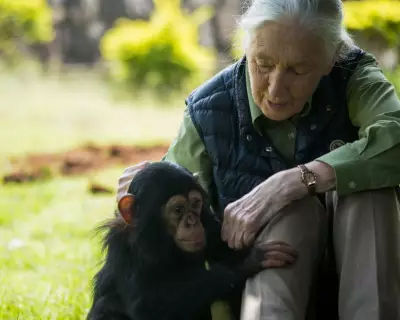
In a fascinating twist of urban ecology, scientists have discovered that money really does grow on trees - or at least, it grows more trees. New research reveals that wealthier suburbs are becoming unexpected sanctuaries for wildlife, creating what experts are calling the 'luxury lizard' effect.
The Price of Biodiversity
A comprehensive study examining urban areas across multiple cities has found a direct correlation between household wealth and biodiversity. Affluent neighbourhoods consistently support more plant species, greater numbers of birds, and even healthier populations of reptiles like lizards compared to their less wealthy counterparts.
The phenomenon isn't just about bigger gardens, though that certainly helps. Researchers point to a combination of factors creating these urban oases:
- Lush landscaping with diverse native and exotic plants
- Reduced pesticide use in well-maintained gardens
- Water features and complex garden structures
- Greater tree canopy coverage throughout the neighbourhood
An Unintended Conservation Movement
What makes this finding particularly significant is that most wealthy residents aren't consciously trying to create wildlife havens. The biodiversity boom appears to be a happy byproduct of aesthetic choices and landscaping preferences common in affluent areas.
Dr. Sarah Chen, lead researcher on the study, explains: "We're seeing an unintentional conservation network emerging in these wealthy suburbs. Residents plant diverse gardens because they're beautiful, install water features for relaxation, and maintain mature trees for shade - all of which happen to create perfect habitats for urban wildlife."
The Environmental Inequality Problem
While the findings highlight nature's resilience in urban environments, they also underscore significant environmental inequality. Poorer communities often lack access to green spaces and biodiversity, potentially affecting both mental wellbeing and ecological awareness.
The research team noted that lizards, in particular, serve as excellent indicators of environmental health. Their presence in wealthy suburbs signals robust ecosystems, while their absence in poorer areas points to broader environmental challenges.
Towards Greener Cities for All
Urban planners and environmental advocates are now looking at how these findings can inform more equitable city design. The goal isn't to eliminate the luxury effect, but to extend its benefits across all communities.
Possible solutions include:
- Increasing tree planting programmes in disadvantaged areas
- Creating community gardens and pocket parks
- Implementing biodiversity requirements in new developments
- Educating residents about wildlife-friendly gardening practices
As cities continue to grow, understanding these patterns becomes crucial for creating urban environments where both people and wildlife can thrive - regardless of postcode or paycheck.





